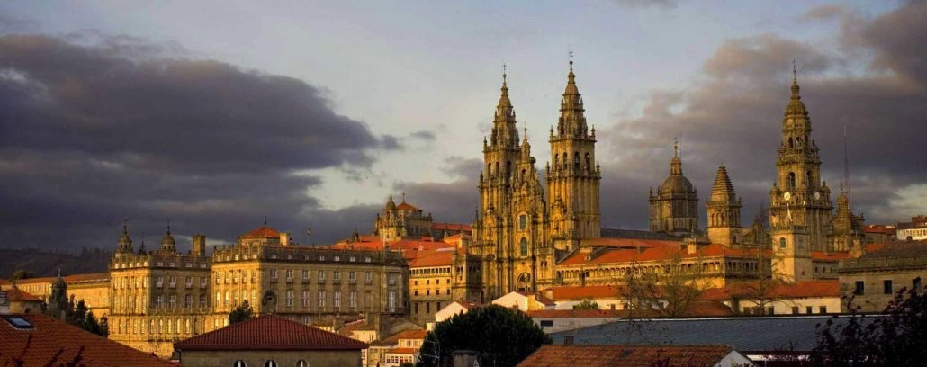Speaker
Description
Several unsuccessful experimental attempts have been made [1], mostly through (p,t) reactions, to confirm the existence of the Giant Pairing Vibration
(GPV), a collective L=0 mode predicted long ago to arise from the coherence of particle-particle excitations [2].
The GPV is expected to be populated by two-particle transfer reactions in the continuum. Its population and determination are difficult, due the existence of a substantial background associated with the excitation of other multipolarities, to poor Q-matching, and so on .
Recently, signatures of the GPV were found in the energy spectra measured in the
heavy ion, two-neutron transfer reaction $^{12}$C($^{18}$O,$^{16}$O)$^{14}$C (as well as in $^{13}$C($^{18}$O,$^{16}$O)$^{15}$C),
measured at $E_{lab}$= 84 MeV and 275 MeV [3,4]. A broad bump was identified in $^{14}$C at an excitation energy of about 17 MeV.
We present the first calculations of the absolute cross section of this reaction in the region of the GPV, taking the continuum into account. They are based on theoretical strength functions associated with the two-neutron 0+ addition mode in $^{14}$C, obtained discretizing the continuum in a large sphere
by means of Dirichlet boundary conditions. Spurious discretisation effects are suppressed
by taking an average over a set of sphere with different radii.
Calculations have been made in the pp-RPA approximation and the response has been checked in
$^{18}$O, against calculations carried out in the framework of TDHF [5].
We have also carried out more elaborate calculations beyond pp-RPA,
taking into account the effects of particle-vibration coupling.
Based on such theoretical strength functions, we have evaluated the two-neutron transfer cross sections within the framework of second-order DWBA as a function of the $^{14}$C(0+) excitation energy at the two experimental bombarding energies.
Our results predict smaller cross sections than those attributed to the GPV in [3,4], though still in the observable range.
References
[1] M. Assié et al., Eur. Phys. J. A 55, 245 (2019)
[2] R.A. Broglia and D.R. Bes, Phys. Lett. B 69, 129 (1977)
[3] F. Cappuzzello et al., Nat. Comm. 6, 6743 (2015)
[4] F. Cappuzzello et al., Eur. Phys. J. A 57, 34 (2021)
[5] B. Avez et al., Phys. Rev. C 78 (2008) 044318
| Topic | Theory |
|---|

